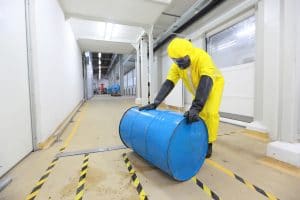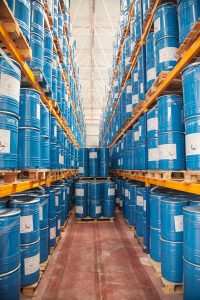Mandatory Adoption of the GHS in most Australian States
 On the 1st of January 2017, the Globally Harmonized System of Classification and Labelling of Chemicals (GHS) became mandatory in all Australian states except Victoria and Western Australia.
On the 1st of January 2017, the Globally Harmonized System of Classification and Labelling of Chemicals (GHS) became mandatory in all Australian states except Victoria and Western Australia.
Those affected by these changes include manufacturers, importers, suppliers and users of hazardous chemicals in workplaces.
What is the GHS?
The GHS is a system of internationally consistent terms and information created by the United Nations to classify and communicate chemical hazards using on chemical labels and Safety Data Sheets (SDS).
The GHS seeks to improve health and safety and provide trade benefits to industry by maintaining internationally consistent assessment criteria, labels and SDS for hazardous chemicals. The GHS provides criteria for the classification of physical hazards (e.g. flammable liquids); health hazards (e.g. carcinogens); and environmental hazards (e.g. aquatic toxicity).
What is classified as a hazardous chemical?
Hazardous chemicals are substances, mixtures and articles used in the workplace that can be classified according to their health, physical and chemical (physicochemical) hazards.
Health hazards are hazards like skin irritants, carcinogens or respiratory sensitisers that can have an adverse effect on a worker’s health as a result of direct contact with or exposure to the chemical, usually through inhalation, skin contact or ingestion.
Physicochemical hazards generally result from the physical or chemical properties of the chemical, like flammable, corrosive, oxidising or explosive substances.

Hazardous Chemical Regulations in Australia:
Since the introduction of the NOHSC model Regulations for the control of workplace hazardous substances (1994) and the Dangerous Goods Standard (2001), hazardous chemicals have been classified by the Approved Criteria for Classifying Hazardous Substances and the Australian Code for the Transport of Dangerous Goods by Road and Rail (ADG Code).
In 2012, following the adoption of the model Work Health and Safety Regulations, all states bar Victoria and Western Australia, began their transition towards the Globally Harmonized System of Classification and Labelling of Chemicals (GHS).
Australia has adopted the 3rd revised edition of the GHS under the model work health and safety laws. A copy of this edition can be downloaded from the United Nations Economic Commission for Europe website.
Who will be affected by the GHS under WHS Regulations?
 Manufacturers, importers and suppliers of hazardous chemicals will be the most affected by the introduction of the GHS. The model Work Health and Safety Regulations impose a duty on manufacturers and importers of chemicals supplied to a workplace to determine if a chemical is hazardous and to correctly classify the chemical according to the GHS.
Manufacturers, importers and suppliers of hazardous chemicals will be the most affected by the introduction of the GHS. The model Work Health and Safety Regulations impose a duty on manufacturers and importers of chemicals supplied to a workplace to determine if a chemical is hazardous and to correctly classify the chemical according to the GHS.
Manufacturers and importers are also responsible for ensuring that correct labels and SDS are prepared for hazardous chemicals.
Suppliers may continue to supply other workplaces with stock they have on hand after 1 January 2017 providing it was manufactured or imported prior to this date and correctly labelled at that time. From 1 January 2017 suppliers should only accept stock with GHS compliant labels. Suppliers will also need to have GHS compliant SDS available from this date.
End users of hazardous chemicals will be affected to a lesser extent. Users of hazardous chemicals are not required to relabel or dispose of existing stock. Hazardous chemicals manufactured or imported after 1 January 2017 must only be received if they are labelled according to the requirements of the model WHS Regulations.
Who is responsible?
The importer of a chemical is responsible for ensuring the SDS for the imported chemical meets Australian SDS requirements. If an overseas SDS is not compliant, the importer must prepare one in accordance with the Code of Practice for the Preparation of Safety Data Sheets for Hazardous Chemicals.
Need more information?
To find out how labelling regulations have changed in accordance with the GHS, visit Safe Work Australia.
JTA have a team specialising in the Management of Dangerous Goods. We can help you navigate these new regulations and meet all necessary requirements to minimise risk to your business.







